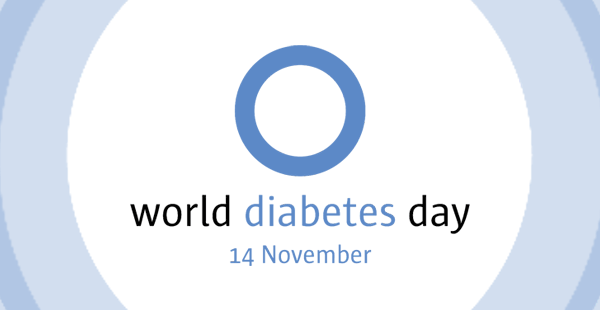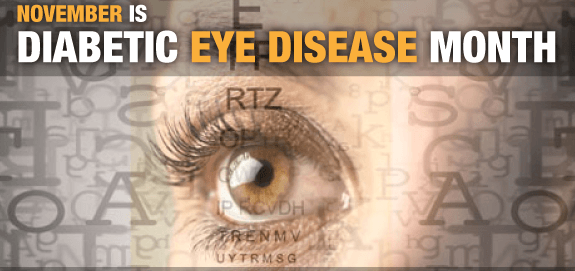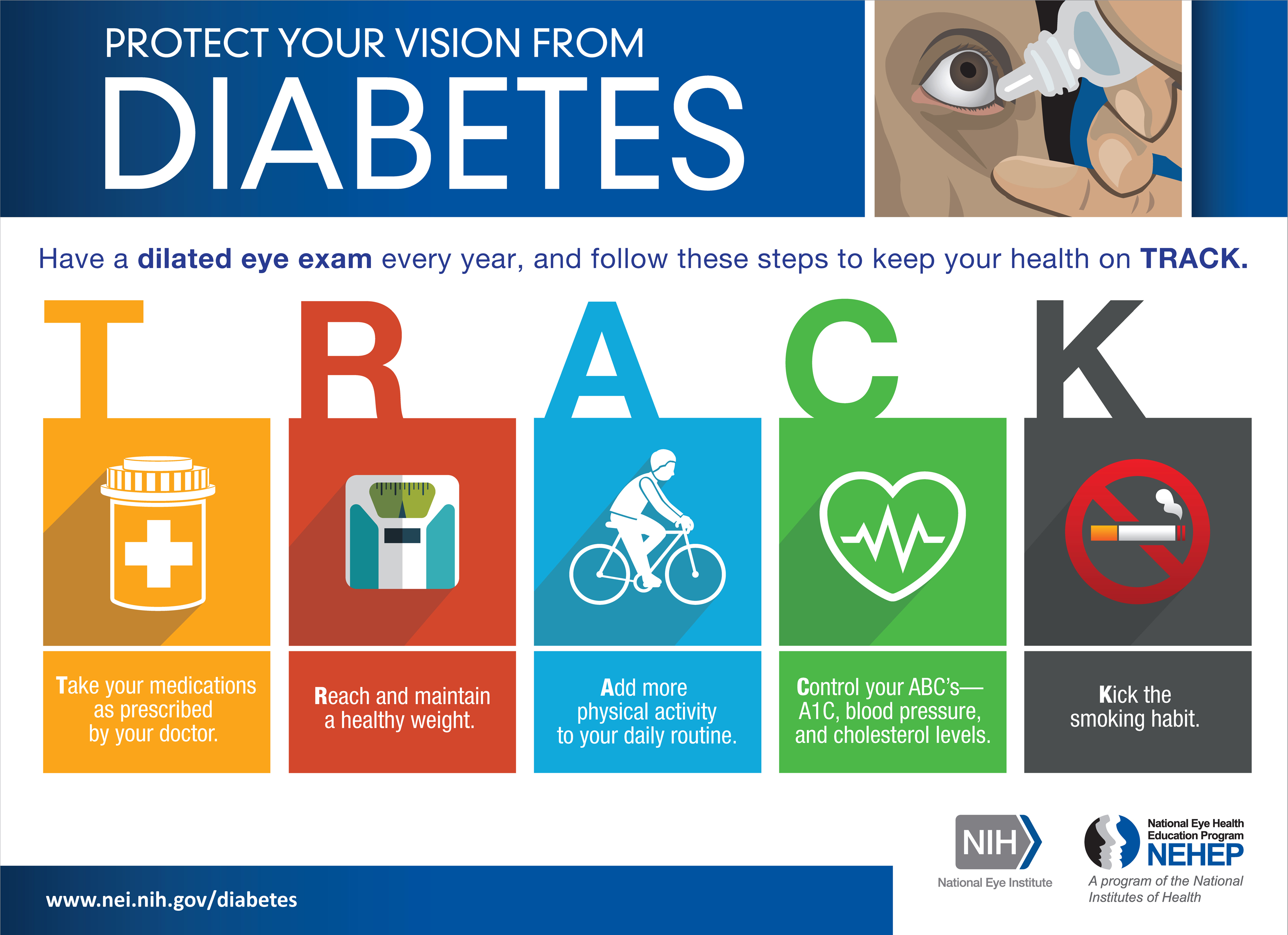
“A Thanksgiving Meal Plan For Diabetics” from diabetes.org:
We all know that food tends to be front and center on Thanksgiving Day. In fact, the majority of people eat well over 2,000 calories during their Thanksgiving meal. Think about it… between the appetizers, rich side dishes, and desserts – the calories can add up quickly, and so can the carbohydrates!
If you have diabetes or are trying to manage your weight, don’t let food stress you out this year. You can still enjoy the Thanksgiving feast and even some dessert (since it’s a special occasion). It just requires a little extra planning and self control on your part. Read on for more tips about how to create a healthy plate this Thanksgiving. We’ll also give you some examples of how to fit in a serving of your favorite holiday treat!
Create a Healthy Plate
One of the biggest problems that people have on Thanksgiving Day is portion control. Not only do we overload our plates with everything on the table, but we often go back for second and third helpings.
Remember that Thanksgiving is all about choices. Think about which dishes you can’t live without and which ones you don’t mind passing on. Then adjust portions to keep your carbohydrate and calorie count similar to what you usually eat at dinnertime.
When filling your plate, you can use the diabetes plate method as a guide to keep portions under control. From the start, you should only plan to fill your plate once instead of going back for more.
Navigating the Feast
Turkey is usually the central part of the Thanksgiving feast.
- It is a high-protein food and has no carbohydrates. A portion is about 3-4 ounces, which is about the size of your palm.
- Remove the skin on your turkey before eating it and choose white breast meat which is the leanest part of the bird.
- Roast your turkey instead of deep-frying it. Roasting is a cooking method that requires little-to-no added fat. Just make sure you add some seasonings. Looking for a good turkey recipe? Try our Herb-Roasted Turkey this year!
The main ingredient in most stuffing recipes is bread, so it is high in carbohydrates and will need to be counted in your meal plan.
- ½ cup of stuffing usually has about 15-30 grams of carbohydrate. Because it can vary, be sure to check the nutrition facts for your recipe.
- Add extra non-starchy veggies like onions, carrots, celery, and mushrooms to your stuffing and use whole grain or 100% whole wheat bread.
Potatoes are another staple food on Thanksgiving Day. From buttery mashed potatoes to sweet potato casserole – these dishes can really pack in the carbohydrates, saturated fat, and calories.
- Keep portions small, especially if there is a lot of added cheese, butter, or cream. One-half cup of mashed potatoes usually has about 15 grams of carbohydrate.
- At the table, there’s no need to add a lot of extra sour cream or butter to your potatoes. Simply season them with a bit of freshly ground pepper or some trans-free margarine. Instead of sour cream, try non-fat Greek yogurt which is a much healthier alternative.
- Sweet potatoes are especially flavorful on their own – there’s no need for alot of extra sugar or butter!
- If you’re in charge of the potatoes this year, choose a “made-over” potato recipe that uses healthier ingredients. You can find some recipes right here on Recipes for Healthy Living like Sweet Potato Fries, Potato Casserole, or Herb and Olive Oil Mashed Potatoes.
Green Bean Casserole is also a very popular Thanksgiving side dish. You might be thinking this is a great option since green beans are a non-starchy vegetable. However, as with all casseroles, it can be packed with unhealthy fats and calories from ingredients like creamy soup, butter, and fried onions. Here are some tips when it comes to vegetable side dishes:
- Fill half of your plate with non-starchy vegetables. Choose vegetable side dishes that include roasted or cooked vegetables without creamy sauces.
- Offer to bring a delicious green salad for the occasion and serve the dressing on the side. A recipe you could try is our Green Salad with Raspberry Vinaigrette.
- Season veggie side dishes with fresh herbs or onions and garlic. You can also put out some trans-free margarine for your guests to use if they want extra flavor.
- Some other non-starchy vegetable side dishes that go great with a Thanksgiving meal are cooked carrots, steamed green beans, Sautéed Garlicky Spinach, Roasted Brussels Sprouts, Broccoli Almondine, or our Creamy Cheesy Cauliflower.
Cranberry sauce usually has a lot of added sugar and is dense in carbohydrates.
- Just two tablespoons has almost 15 grams of carbohydrate.
- If you absolutely cannot live without it, make sure you use just a tablespoon or two on top of your turkey. A little bit will go a long way!
Wondering how dessert fits into it all? Read our article on Fitting in Dessert.













